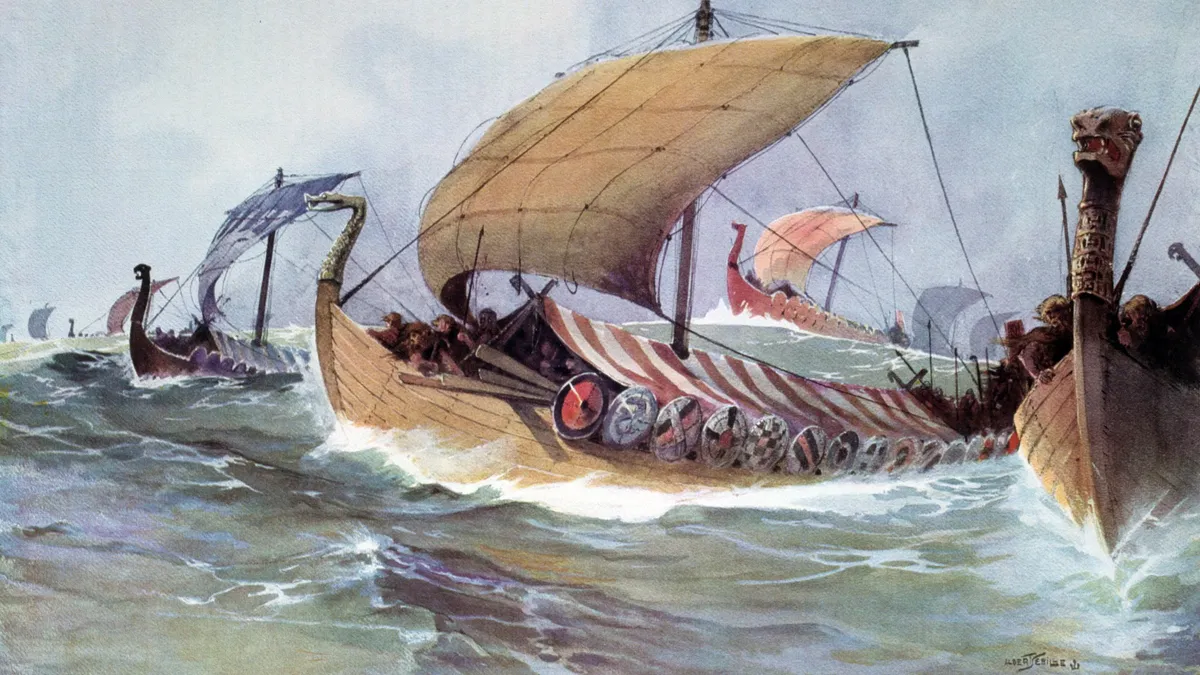
The Vikings were seafaring people originally from Scandinavia who raised hell across Europe and beyond from the late eighth to the late 11th centuries.
Image credit: DanieleGay/Shutterstock.com
Image credit: DanieleGay/Shutterstock.com
Viking-inspired tattoos with Norse imagery and runes have become somewhat in vogue in the era of Pinterest-inspired body art, but did the Vikings actually have tattoos? There’s no solid archaeological evidence that tattoos were common in the Viking age since it's rare for skin to remain intact for centuries. Nevertheless, we know from written sources that some Norsemen may have been fans of body art.
What did Viking tattoos look like?
One of the best accounts of inked-up Norsemen comes from Ahmad ibn Fadlan, a 10th-century Muslim traveler who was sent from Baghdad to make contact with the king of the Volga Bulgars, an area of modern-day western Russia and Ukraine. Around this time, the area was home to a group of people known as the Volga Vikings, conquerors and traders who had settled in the area from Scandinavia.
In his description one of of these tribes, known as the Rus, Fadlan wrote:
"Each man has an axe, a sword, and a knife and keeps each by him at all times. The swords are broad and grooved, of Frankish sort. Every man is tattooed from fingernails to neck with dark green (or green or blue-black) trees, figures, etc."
Read the rest of this article...





